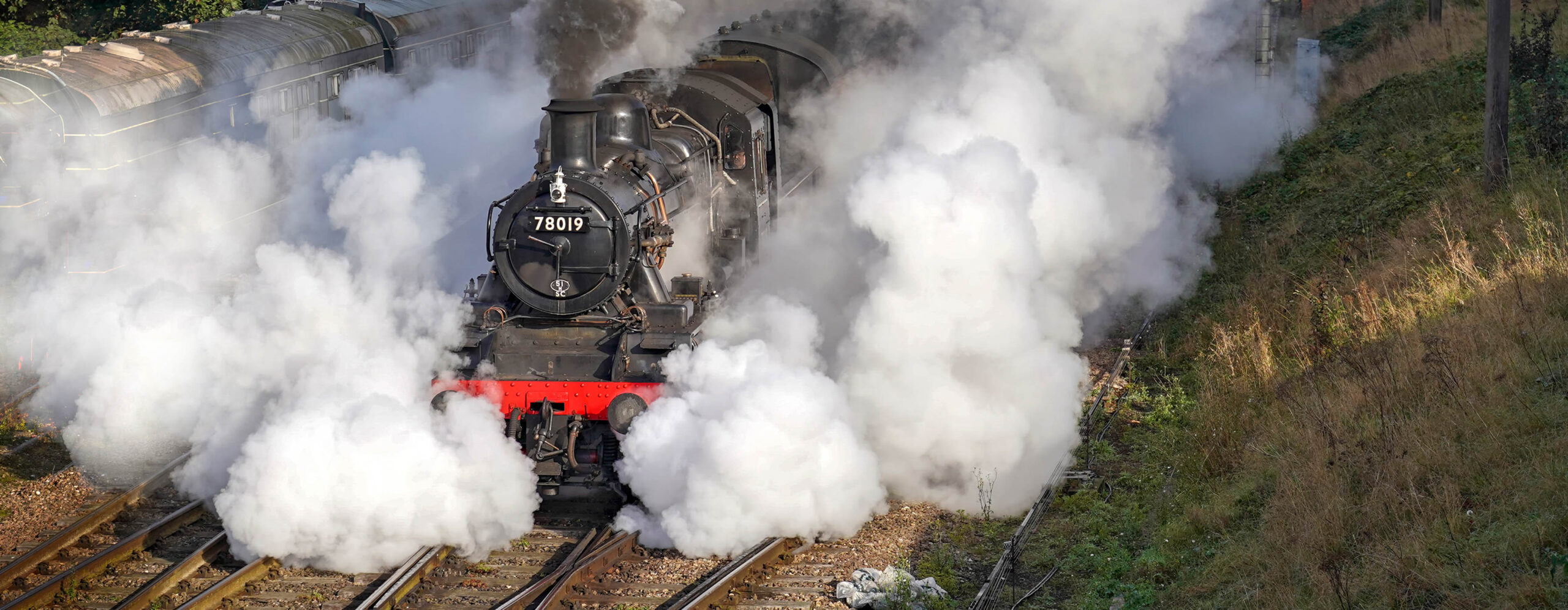Getting an Engine Ready
The Engine Shed at the GCR
Coal is burnt and water is heated to form steam that powers the mechanical motion of the steam locomotive and provides the heat in our carriages.
Coal is a combustible black or brownish-black rock composed primarily of carbon, along with various other elements like hydrogen, sulphur, oxygen, and nitrogen. It is formed from the remains of ancient plants that accumulated in swampy environments millions of years ago. Over time, heat and pressure transformed these plant materials into peat and then into coal.
There are four main types of coal, classified based on their carbon content and energy output:
Coal Types
Anthracite
Bituminous
Bituminous
Sub-bituminous
Lignite
Lignite
The Great Central Railway use high quality steam coal in its locomotives. Traditionally, Welsh steam coal was used, however, since all UK coal mines have closed, we now use coal from around the world. Look at the engine and the coal bunker where you will see coal stored for the locomotives journey. The fireman will shovel this coal into the firebox.
The water we use in our locomotives is specially treated in our own water treatment plant. Treating the water in this way removes harmful chemicals that would affect the locomotive boiler and performance. You can see our locomotives filling up with water at the water tower.

